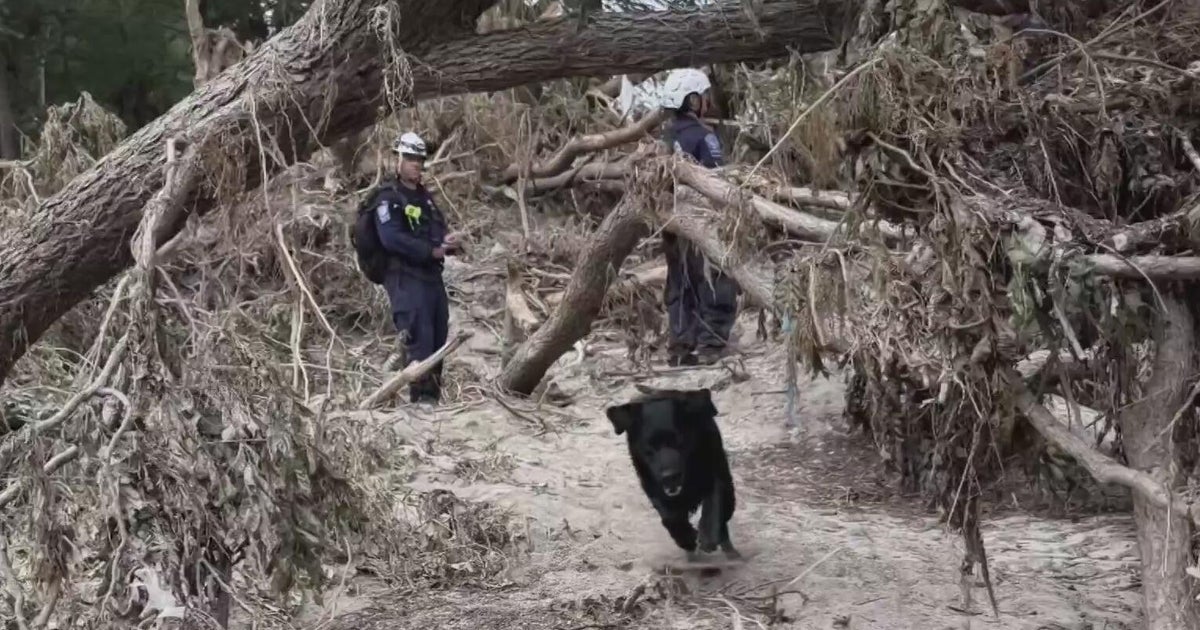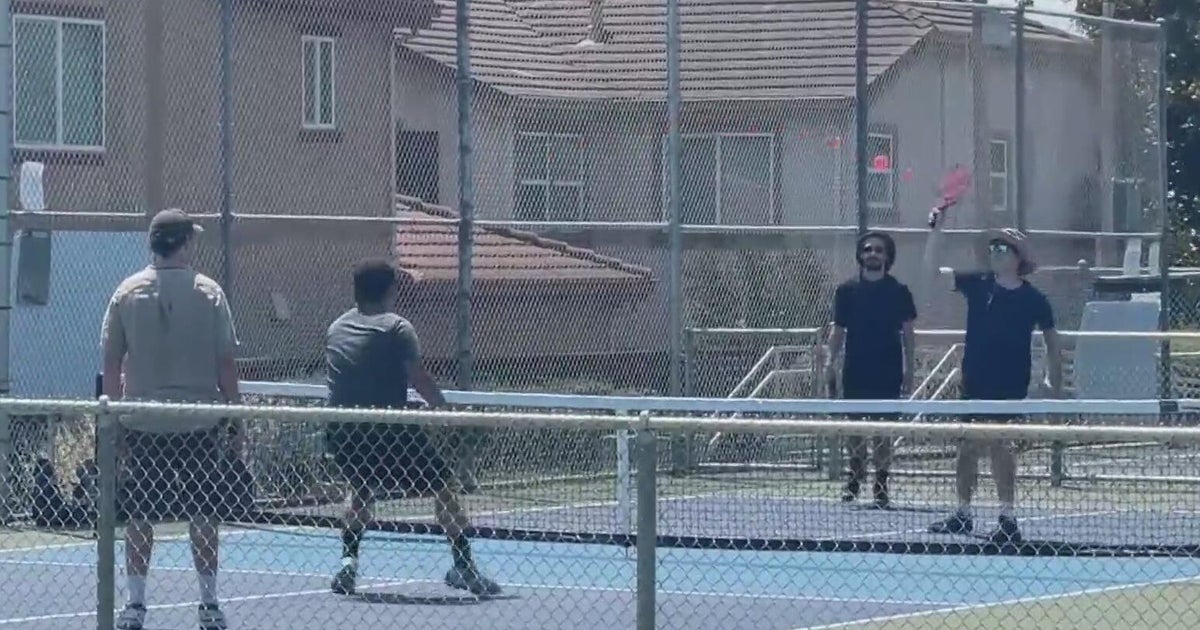UPDATE: 110 Lightning Strikes In Bay Area; Storm Front Moves East; Red Flag Warning Canceled
SANTA ROSA (CBS SF) -- Lightning etched across the sky and thunder rumbled overhead as a storm front rolled through Sonoma County early Friday, rekindling deep-seeded fears and anxieties lingering within local residents from the LNU Complex fire that ravaged the region last year.
The National Weather Service reported Friday morning that about 1,100 cloud to ground lightning strikes occurred around California since Thursday evening, including about 110 in the Bay Area, but no major fires have been reported as a result.
Forecasters added there were "too many cloud to cloud flashes to count."
There was also measurable rainfall in San Francisco.
"San Francisco 0.01" rain as of 5 am, it's been a long time since it's rained at the official downtown gage specifically on September 10; the last time was 1978 with 0.08"," the weather service tweeted. "For any day in September, the last time there was measurable rain in SF was 0.03" on the 27th in 2019."
The Santa Rosa Fire Department posted video of several bolts of lightning saying-- "We have had numerous lighting strikes in and around the Santa Rosa area. Several passing showers have also been reported. There are no reports of any fires at this time in Santa Rosa."
The National Weather Service posted time lapse video of the thunder cell moving over Mt. St. Helena early Friday.
But by 9 a.m., the fast-moving front had already moved east. The weather service took to Twitter posting -- "As the storms continue to push to the East and out of our area, we have decided to end the Red Flag Warning."
The storms rumbled over a region that was devastated by a series of wildfires that were collectively named the LNU Complex Fire and ignited by lightning strikes in August. The blaze ripped through Lake, Napa, Sonoma, Solano and Yolo counties, killing six people, destroying 1,491 structures including homes, businesses and wineries.
Earl Small sat on the porch of his new Santa Rosa home Thursday evening keeping an eye out for lightning and any signs of a fire.
"After waiting four years to get back in our house, it's nerve-racking," Small said.
The Santa Rosa fire department has staffed-up its stations although the weather was not expected to be as volatile as the thunderstorms that sparked the LNU Lightning Complex fire last year.
"With how critically dry the fuels are and the erratic winds that are expected with a lot of the fronts as they move through, any strike is going to start a fire. It's just a matter of how big it's going to get or how small we can keep it," said Paul Lowenthal with the Santa Rosa fire department said.
Santa Rosa is working closely with other departments in the North Bay to quickly respond to fires and alert residents about evacuations if necessary. It's an experience Earl Small hopes he will never have to go through again.
"When you lose everything, you have nothing," he said.
After years of financial and emotional battles, Small got his house back but not his home.
"Twenty-two years of living in a house, that's a home. Coming back to a structure that's a house, people that haven't been through it and lost everything are never going to understand that," Small said.
According to the weather service, late-season interactions between tropical moisture and early season troughs, leading to lightning-caused fires are common during the month of September. In Sept. 2009, a lightning event started about 30 small fires in the Bay Area. There were also mid-September lightning events in 2017 and in 2019.
However, what is unusual this year is the extreme dryness and the chance of lightning following days of very hot and dry weather, the weather service said.
"We are at full staffing right now," says Chelsea Burkett of Cal Fire's Santa Clara Unit. "We just have a lot of resources out on different incidents in the state of California right now. We're at where we are able to be."
Extra equipment is now on standby at the Morgan Hill Headquarters, and other preparations are being made all the way across the hills of the East Bay where fire departments will have extra crews at the ready.
Cal Fire says it's working with NOAA to track the weather, and if a lightning strike does hit the ground they know where it happened, often within several meters of where it landed. What's harder to know is whether or not that strike sparked a fire.
"All we can do within our unit is be prepared," Burkett says. " And that's why we have a plan in place so that we can be prepared and send resources as appropriate."



